#Train History
Text
i dont want a all white house i want to feel like i am in a luxury train car from the early 20th century

^^^^^ this but a house
22 notes
·
View notes
Text
youtube
"Yes this is a completely functional railroad, why do you ask???"
Explaination of what in the fuck happened.
youtube
Or TLDR: Ever single engine gets stuck in the snow at Lizard Head on the Rio Grande Southern.
#on the rails#rio grande central#EVERY SINGLE ENGINE GETS STUCK IN SNOW#real railway#steam engine#train history#Youtube
15 notes
·
View notes
Text
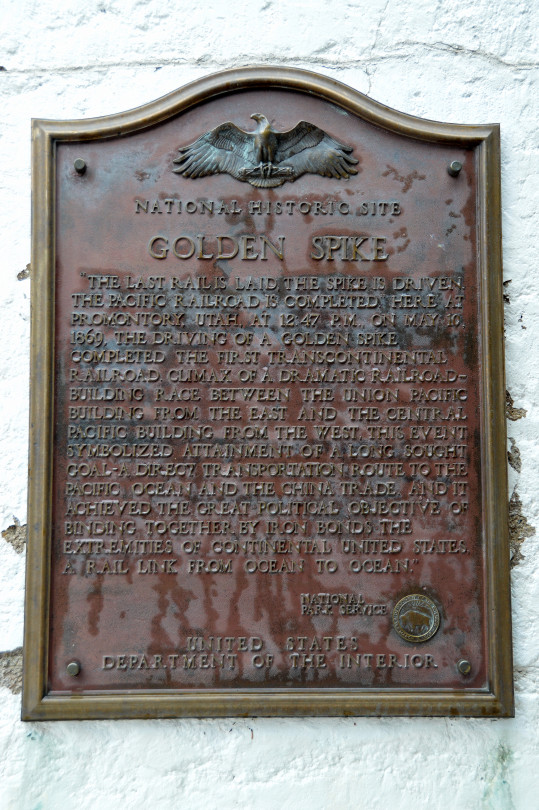
The Golden Spike
Otherwise known as the Golden Spike Ceremony, this historic event not only celebrates the completion of the first transcontinental railroad, named the Pacific Railroad, but it also recognizes the significance of the immigrant workforce that helped the nation accomplish what many believed was impossible.
#golden spike#national historic site#railroad history#visit utah#american history#train history#muttball
7 notes
·
View notes
Text


On This Day in New York City History March 24, 1900: The ground was broken by NYC Mayor Robert Anderson Van Wyck at City Hall for NYC's first subway called the Interborough Rapid Transit line (IRT). Established by Rapid Transit Act of 1894, the contract known as "Contract One", started operating the first underground line on October 27, 1904 and was managed by financier August Belmont.
The initial IRT line started at City Hall and followed the current 4-5-6 train local route to 42nd Street. It would then turn west on 42nd and continue north under Broadway on the current 1 train route to 145th Street.
Service into Brooklyn would come with "Contract Two" of 1902 with stops at Borough Hall, Hoyt Street Nevins, Nevins Street and Atlantic Avenue.. our of the original stations City Hall, Worth Street, 18th Street and 91st Street have been closed.
#NYCSubway #InterboroughRapidTransit #IRT #RobertAndersonVanWyck #AugustBelmont #SubwayHistory #MassTransitHistory #TransportationHistory #TrainHistory #NewYorkHistory #NYHistory #NYCHistory #History #Historia #Histoire #Geschichte #HistorySisco
#NYC Subway#Interborough Rapid Transit#IRT#Robert Anderson Van Wyck#August Belmont#Subway History#Mass Transit History#Transportation History#Train History#New York History#NY History#NYC History#History#Historia#Histoire#Geschichte#HistorySisco
4 notes
·
View notes
Text
I was meeting a client at a famous museum’s lounge for lunch (fancy, I know) and had an hour to kill afterwards so I joined the first random docent tour I could find. The woman who took us around was a great-grandmother from the Bronx “back when that was nothing to brag about” and she was doing a talk on alternative mediums within art.
What I thought that meant: telling us about unique sculpture materials and paint mixtures.
What that actually meant: an 84yo woman gingerly holding a beautifully beaded and embroidered dress (apparently from Ukraine and at least 200 years old) and, with tears in her eyes, showing how each individual thread was spun by hand and weaved into place on a cottage floor loom, with bright blue silk embroidery thread and hand-blown beads intricately piercing the work of other labor for days upon days, as the labor of a dozen talented people came together to make something so beautiful for a village girl’s wedding day.
What it also meant: in 1948, a young girl lived in a cramped tenement-like third floor apartment in Manhattan, with a father who had just joined them after not having been allowed to escape through Poland with his pregnant wife nine years earlier. She sits in her father’s lap and watches with wide, quiet eyes as her mother’s deft hands fly across fabric with bright blue silk thread (echoing hands from over a century years earlier). Thread that her mother had salvaged from white embroidery scraps at the tailor’s shop where she worked and spent the last few days carefully dying in the kitchen sink and drying on the roof.
The dress is in the traditional Hungarian fashion and is folded across her mother’s lap: her mother doesn’t had a pattern, but she doesn’t need one to make her daughter’s dress for the fifth grade dance. The dress would end up differing significantly from the pure white, petticoated first communion dresses worn by her daughter’s majority-Catholic classmates, but the young girl would love it all the more for its uniqueness and bright blue thread.
And now, that same young girl (and maybe also the villager from 19th century Ukraine) stands in front of us, trying not to clutch the old fabric too hard as her voice shakes with the emotion of all the love and humanity that is poured into the labor of art. The village girl and the girl in the Bronx were very different people: different centuries, different religions, different ages, and different continents. But the love in the stitches and beads on their dresses was the same. And she tells us that when we look at the labor of art, we don’t just see the work to create that piece - we see the labor of our own creations and the creations of others for us, and the value in something so seemingly frivolous.
But, maybe more importantly, she says that we only admire this piece in a museum because it happened to survive the love of the wearer and those who owned it afterwards, but there have been quite literally billions of small, quiet works of art in billions of small, quiet homes all over the world, for millennia. That your grandmother’s quilt is used as a picnic blanket just as Van Gogh’s works hung in his poor friends’ hallways. That your father’s hand-painted model plane sets are displayed in your parents’ livingroom as Grecian vases are displayed in museums. That your older sister’s engineering drawings in a steady, fine-lined hand are akin to Da Vinci’s scribbles of flying machines.
I don’t think there’s any dramatic conclusions to be drawn from these thoughts - they’ve been echoed by thousands of other people across the centuries. However, if you ever feel bad for spending all of your time sewing, knitting, drawing, building lego sets, or whatever else - especially if you feel like you have to somehow monetize or show off your work online to justify your labor - please know that there’s an 84yo museum docent in the Bronx who would cry simply at the thought of you spending so much effort to quietly create something that’s beautiful to you.
#shut up e#long post#Saturday thoughts#this has been in my drafts for a week haha#also this is the heart of why AI art feels so wrong#forget the discussion of copyright and theft etc - even if models were only trained on public domain they would still feel very wrong#because they’re not art. art is the labor of creation#even commercial art and art commissioned by the popes and kings of history: there is humanity in the labor of it#unrelated: I did not know living in the Bronx was now something to brag about. How the fuck do y’all New Yorkers afford this city???
26K notes
·
View notes
Text
The fact that the Boston transit system has been a garbage fire for so long that our mascot is a sad little man who is literally stranded on the train until the end of time due to a fare increase. Charlie's desiccated corpse has been riding this train since the 1940s and everyone just sort of rolls with it it this point
#boston#history#music#I also love that the songs ends with Charlie's wife throwing a sandwich through the window every day#instead of the train fare#because she was probably better off single
20K notes
·
View notes
Text

The Colebrookedale Railroad,
Boyertown, Pennsylvania, United States,
Lisa Schaffer Photography
#art#design#history#luxury lifestyle#style#travels#rail#railway#colebrookedale#boyertown#pennsylvania#lisa schaffer#train car#wes anderson#pottstown
2K notes
·
View notes
Text
actually. the way the post-crisis canon tim was a robin who self-admittedly had to work *a little* bit harder than the others because the physical apsect of the job didn't come *quite* as naturally to him but still managed to overcome it to become one of the best bo staff users (if not the best) in the world and one of the best fighters in the world through years of hard work, determination, and practice due to the fact he had *years* of dedicated training from some of the best fighters in the world starting when he was *13* (including but not limited to bruce, dick, and babs), had several bouts of specialized intense training under people like the rahul lama and lady shiva among others, excelled in holding his own on two seperate superhero teams, was in *at least* two warzones, and survived torture on apokolips is important. that story of hard work and determination and dedication and practice to achieve your dreams is good, actually. and i get annoyed by fanon tim who is bestest boy who's just soooo good at everything and better that everyone else too, but it really bugs me when people (including dc: see td:r!) devalue his years of hard work and dedication to get to where he's at as a physical fighter to be like "well acksually he's the weakest who will never truly be able to reach the others' potential because people who have to work harder will never truly be on the same playing field as people who are naturally skilled". like yea he makes up for some shortcomings with working smarter, not harder but. c'mon. he's got to work a little harder, but he *does* and that's why he's good.
#let's not pretend that dc hasn't been pushing the idea of inherent genetic superiorty for a while now#anyways he's not just a weak computer geek he has one of the longest histories of dedicated training in the fam
791 notes
·
View notes
Text

Black History Month Art Challenge
Day 23: Grace Monroe - Infinity Train
910 notes
·
View notes
Photo
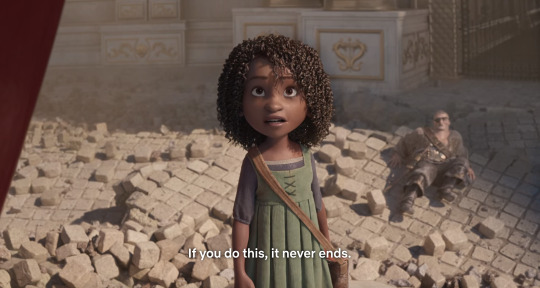
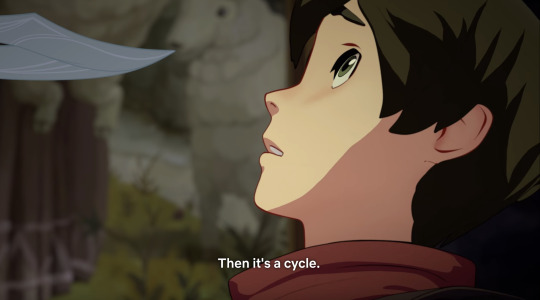





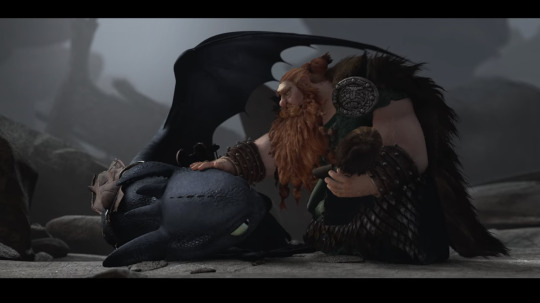

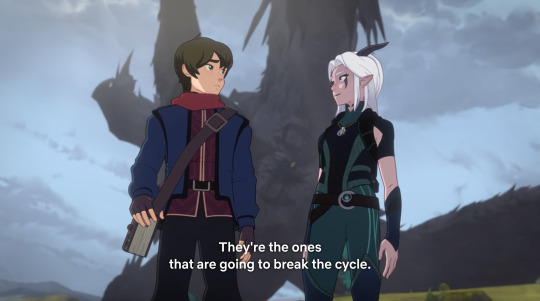
How To Train Your Dragon (2010) / The Dragon Prince (2018—?) / The Sea Beast (2022)
+
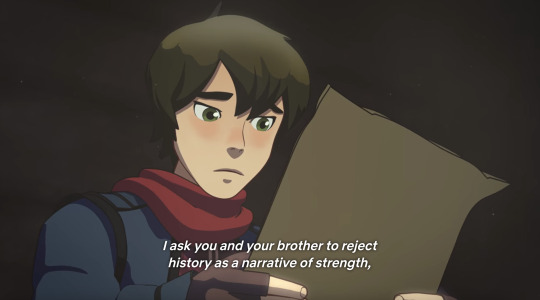

#tdp#httyd#the sea beast#netflix#how to train your dragon#the dragon prince#aka 'i have every right to speak' 'put an end to this. i have to try' and 'i don't want to be that kind of king'#all slap#THEY'VE KILLED HUNDREDS OF US AND WE'VE KILLED THOUSANDS OF THEM#MAYBE EVERYTHING WE EVER LEARNED ABOUT ELVES IS WRONG / EVERYTHING WE KNOW ABOUT YOU GUYS IS WRONG#REJECT HISTORY AS A NARRATIVE OF STRENGTH AND INSTEAD HAVE FAITH IT CAN BE A NARRATIVE OF LOVE#parallels#mine#animation#movies#personal fave
10K notes
·
View notes
Text
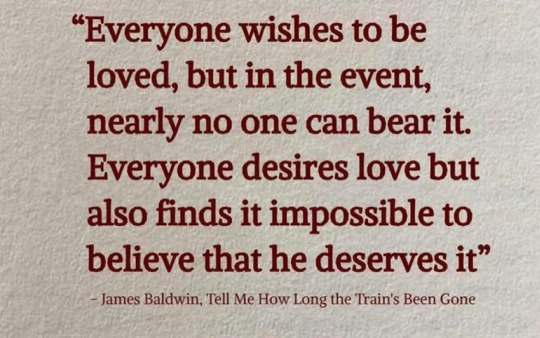


“Love has never been a popular movement. And no one's ever wanted, really, to be free. The world is held together, really it is held together, by the love and the passion of a very few people.”
—James Baldwin, on life, love, despair and choosing who you want to be
#james baldwin#black history#love#life#advice#choice#self agency#choices#decisions#black culture#tell me how long the trains been gone#the sprawling just above my head#i am not your negro#i heard it through the grapevine#the price of the ticket#james baldwin abroad#from another place
460 notes
·
View notes
Text
On May 10, 1869, the Central Pacific and Union Pacific Railroads met at Promontory Summit, Utah, completing the Transcontinental Railroad. Railroad construction of the eastward bound Central Pacific began at the foot of K Street in Sacramento on January 8, 1863.
For the 155th anniversary, Jared letterpress printed one of the many cuts of a locomotive that we have in our print shop. This print is available as part of the Sacramento prints bundle in our store! This was printed with black rubber base ink using a 3x5 Kelsey Excelsior tabletop printing press.
243 notes
·
View notes
Photo

On This Day in History June 6, 1892: The first of Chicago's Elevated Trains aka "The L" runs from 39th (now Pershing Road) and State streets to Congress Parkway and Wabash Avenue. The next year it was extended to accomodate the World Columbian Exposition. By 1897 the first full circuit of the loop was completed.
#TheL #TheLoop #ChicagoLoop #IllinoisHistory #ChicagoHistory #TransportationHistory #TrainHistory #AmericanHistory #USHistory #History #Historia #Histoire #Geschichte #HistorySisco
https://www.instagram.com/p/Ced3PrguBva/?igshid=NGJjMDIxMWI=
#The L#The Loop#Chicago Loop#Illinois History#Chicago History#Transportation History#Train History#American History#U.S. History#History#Historia#Histoire#Geschichte#HistorySisco
11 notes
·
View notes
Text
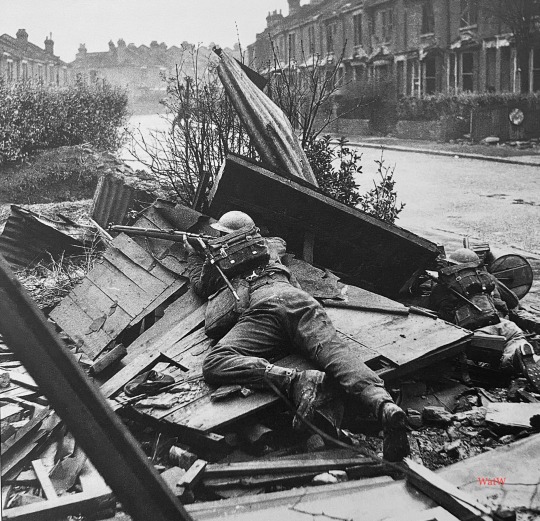
British infantrymen take part in a street fighting exercise amidst the ruins of a British street after an air raid - Lymington, Hampshire, England, 1941
#world war two#ww2#worldwar2photos#history#1940s#ww2 history#wwii#world war 2#ww2history#wwii era#lymington#1941#Hampshire#training#exercise#british army#great britain#england
230 notes
·
View notes
Text

whoops
266 notes
·
View notes
Text
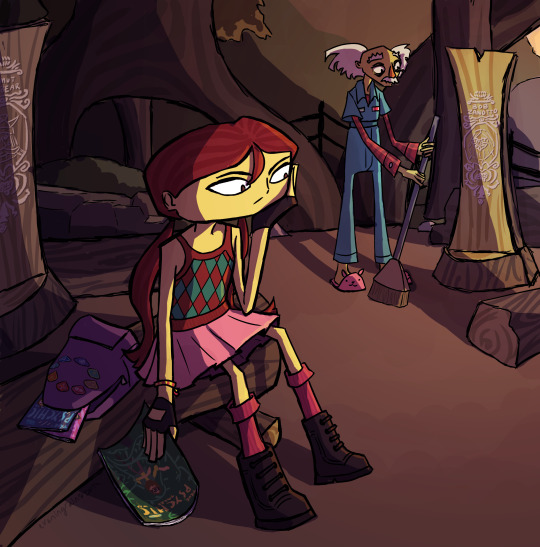
not what they used to be
#i have so many thoughts about lili and her disillusionment with the psychonauts you don't even know#especially irt what we learn about the psychic six and the zanottos' history in pn2#also it ended up only being a small detail in here but the fact that lili canonically has gotten every merit badge and everything at camp#but hasn't gone on to any further psychic training is super interesting to me. i'm telling you i have THOUGHTS#psychonauts#psychonauts 2#lili zanotto#ford's also here i guess#ford cruller#my art#did you know backgrounds are hard. i haven't drawn a piece with an actual background in forever and aghhhh
197 notes
·
View notes